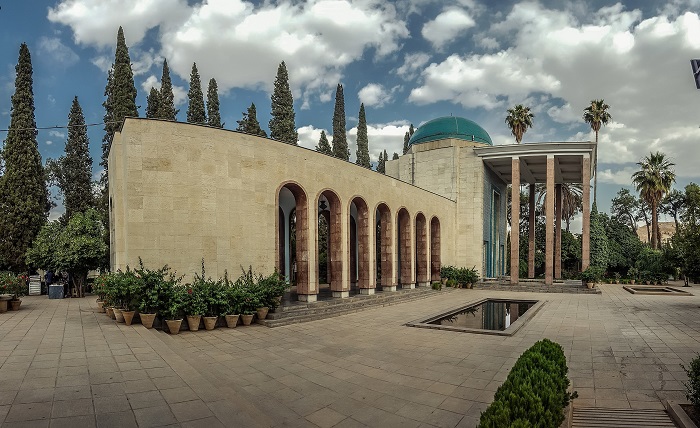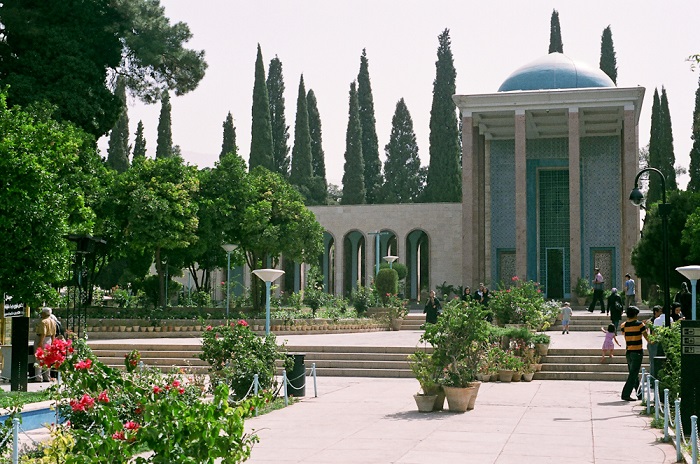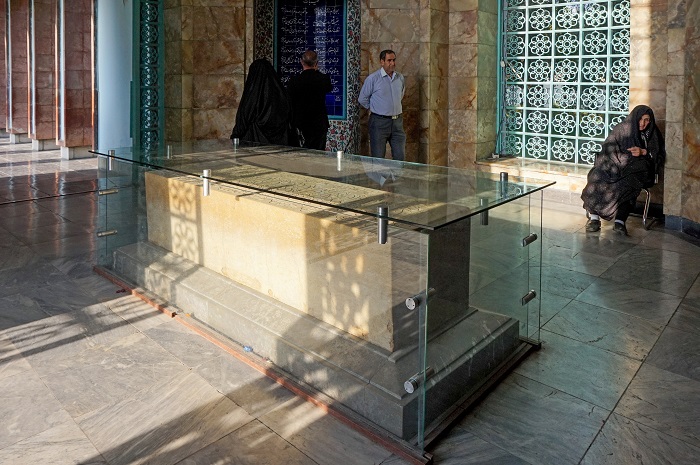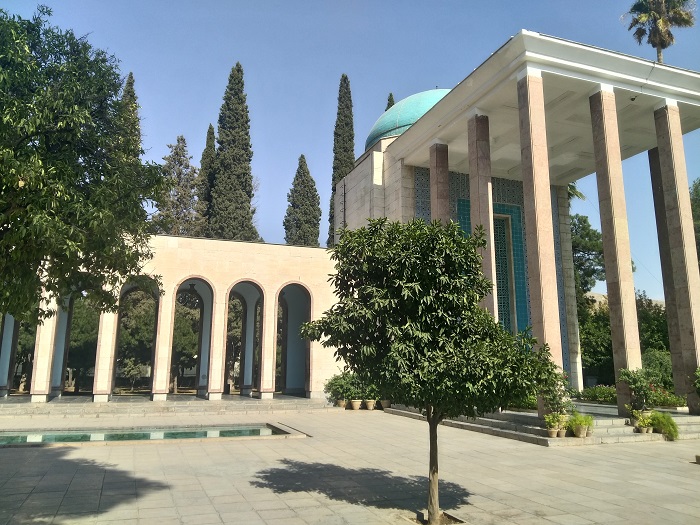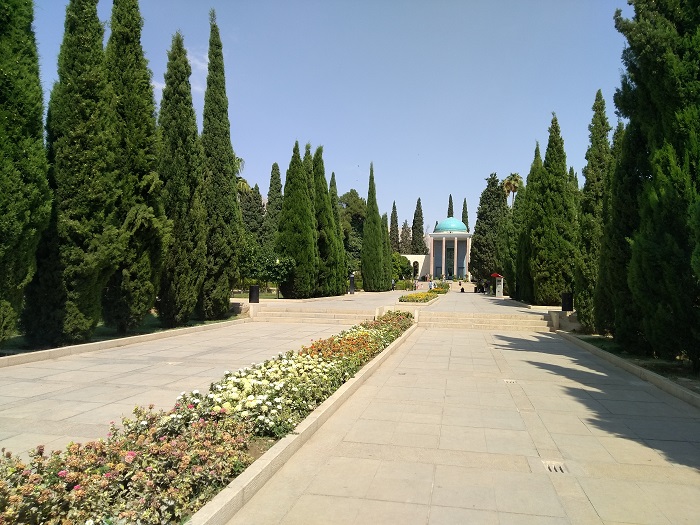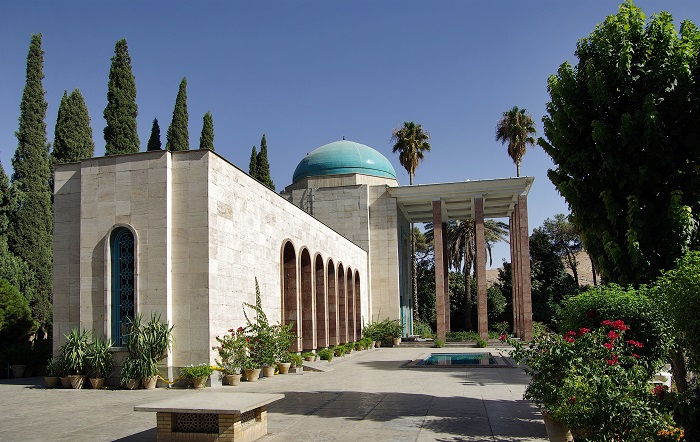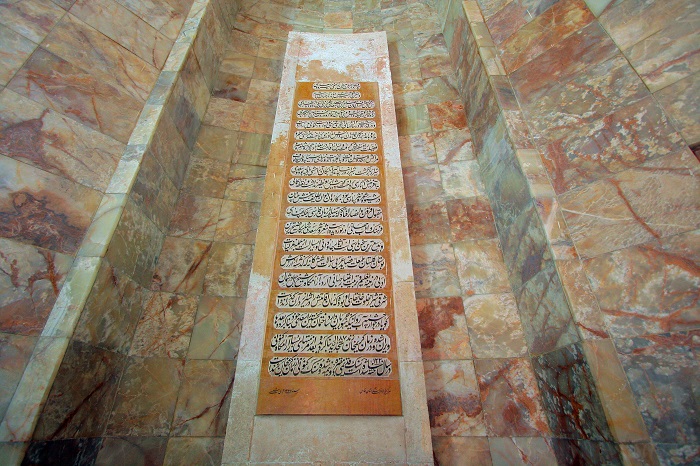The Tomb of Saadi, commonly known as Saadieh, is an important tomb and mausoleum that stands within the tranquil confines of the aptly named Saadi Garden, in the city of Shiraz, the capital city of the Fars Province, within the southern part of the Islamic Republic of Iran.
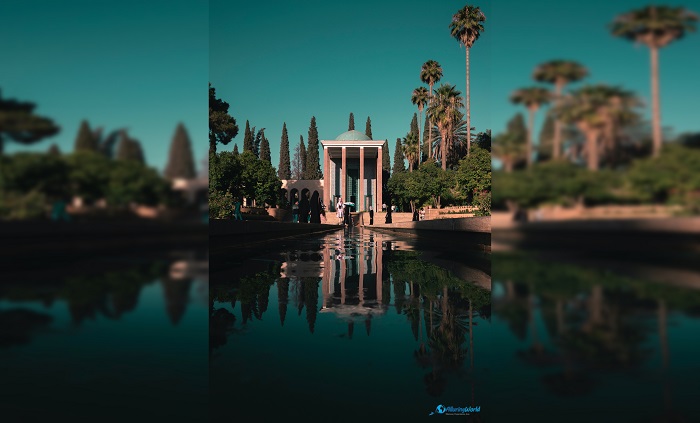
As this historic structure represents a resplendent testament to the rich cultural heritage of Iran, it is dedicated to the revered Persian poet, Saadi, who was also known as Sadi of Shiraz and recognized for the quality of his writings and the depth of his social and moral thoughts.
Furthermore, as he was an illustrious Persian poet and philosopher who lived during the 13th century, his literary works, such as the “Bustan” and the “Gulistan,” have endured through the ages, becoming cornerstones of Persian literature. That is why it was important for the Persian people to build something that would commemorate the grandiose work this magnificent poet has given to its nation.
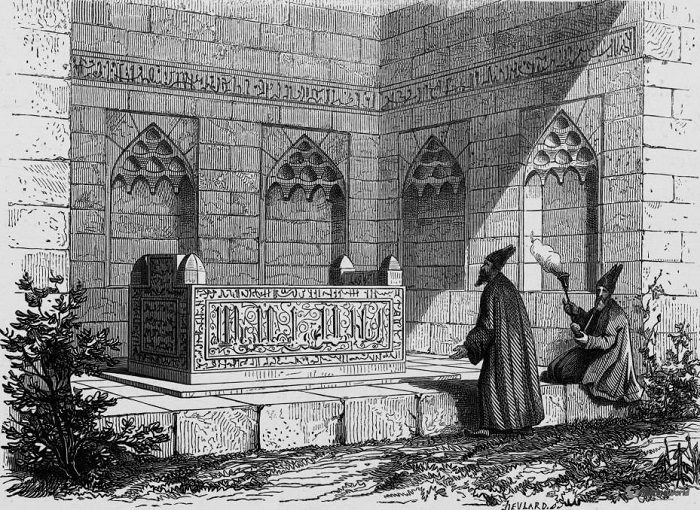
The construction of the Tomb of Saadi took place in 1258, during the reign of the Ilkhanate Dynasty, exhibiting a distinctive architectural style, combining elements of Persian, Islamic, and Seljuk design, but its intricate tile work, carved inscriptions, and domed structure reflect the opulence and grandeur of the era. The Tomb of Saadi is organized around a central courtyard, with the mausoleum located at the center.
The mausoleum itself consists of a domed chamber housing Saadi’s tomb, adorned with mesmerizing tile work and inscriptions, creating a serene and reverential space for visitors to pay their respects.
The tomb was commissioned by Saad ibn Zangi, a prominent ruler of Shiraz, who was deeply inspired by Saadi’s poetic legacy, and he sought to honor the poet’s contributions by constructing a magnificent resting place that would reflect his stature as a national treasure.
The mausoleum was not just intended to serve as a lasting tribute to Saadi’s profound literary and philosophical contributions, but also a reminder and inspiration for future generations to create and be grand just like Saadi was.
Nowadays, the Tomb of Saadi holds immense historical and cultural importance for Iran, because Saadi’s literary works are not only celebrated Persian culture offering moral and ethical guidance of that time, transcending boundaries of time and geography, but also other nations admire the work of the poet as The Guardian has named his book “Bustan” as one of the 100 greatest books of all time.
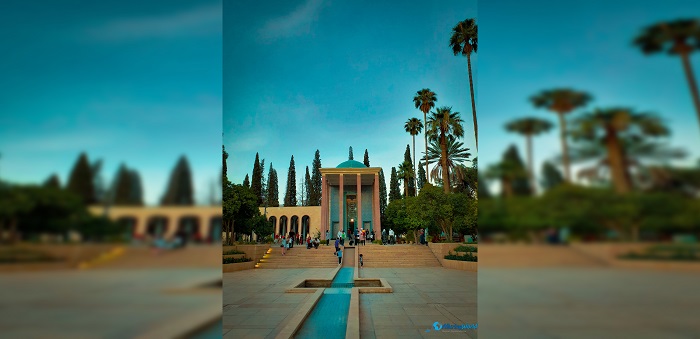
In addition, the mausoleum became also a pilgrimage site for devotees seeking solace and inspiration, reinforcing Saadi’s enduring influence on Persian thought and society. In the modern era, Saadi’s tomb continues to be a cherished site for Iranians and visitors alike and its architectural splendor and tranquil surroundings make it a popular destination for tourists seeking a glimpse into Iran’s past and its profound cultural legacy.
In conclusion, the Tomb of Saadi certainly stands as a remarkable symbol of Persian literature and culture paying homage to the enduring legacy of Saadi, whose words continue to inspire and enlighten Iranians, and it will continue to stand as a timeless reminder of the rich heritage the country has to offer.

